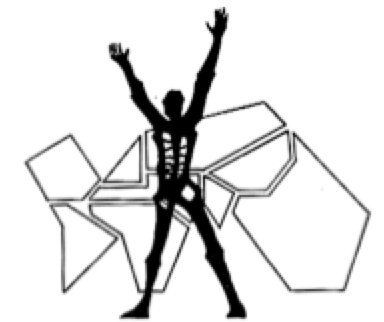Religious
Dynamics and practices of profound living
INTRODUCTION to the NEW RELIGIOUS MODE (NRM)
The New Religious Mode is an early framework in which The Ecumenical Institute (EI) explored, mapped and celebrated the interior lives of people.
Intent
Research was done to prepare people for life in the midst of increasing global crises of the 1960’s, which shattered the composure of human beings sensitive to life in a new global reality. The NRM dynamics and practices are seen in “the great monastic movements in history” who were not going aside from the world. They saw society going one way to its destruction and they decided it had to go another way. They threw their lives into the breach of history to create a style of life that would do that. Nothing has ever bent the course of history except a style of life. They were missional. I would like to remind you of the Dominicans, the Benedictines, and the Jesuits in terms of their fantastic secular causes that brought them into being.
It was in the midst of this that the great classical language of the orders came into being. It was there that their vows were formed, the vow of poverty, the vow of chastity, and the vow of obedience. Each one of these was pointing to a stumbling block that would keep the mission from coming off. This was not some kind of an ascetic superimposition of something upon life.”
This dynamic/understanding can also be found in other cultures and religions across the centuries.
The New Religious Mode – The given reality of life
The community of the Ecumenical Institute engaged in intensive and systematic research, grounding in everyday experience, the classical categories of Christian traditional language: The Solitaries ( Meditation, Contemplation, Prayer), The Journeys(Knowing, Being, Doing) and The Corporates (Poverty, Chastity, Obedience).
The New Religious Mode re-contextualizes traditional religious language in a secular context.
The interior box in this illustration (the 5 center charts) is the new social vehicle, and the outside one (four corner charts) is the new religious mode, though where there is no new religious mode, there is no new social vehicle, and where there is no new social vehicle, there is no new religious mode. It is important to try to get some kind of clarity upon that which is almost a paradox in the way you have to state it, so that you see that the new religious mode and the new social vehicle interpenetrate one another.
Looking at the nine boxes:
· What we call the corporates are at the top of the new religious mode square.
· What we call the solitaries are at the bottom of the chart in the new religious mode square,
o Within our model the social aspect of this is always at the top, and the individual aspect of this is at the bottom, so that the top of the new religious mode square has to do with corporate individuality, and the bottom has to do with solitary individuality.
· The sociological equivalent of journeys is “movement.” If you want to put this in secular language, you could call it “revolutionary force.”
In the interior square you are dealing with the new social vehicle. This is the new civil carriage and the new religious carriage. The new civil carriage has to do with the sociological reformulation of civil society, and the new religious carriage has to do with sociological reformulation of the religious community. … And both of these have to do with society. There never was a new civil carriage until a social vehicle that carried the religious mode was formed.
The categories would go like this: on the left is the knowing column, on the right is the doing column, in the center is the being column. If you are going to shove interior consistency to the bottom, or ground it in a phenomenological state that you and I can recognize, then you have to say that the solitaries are the knowing, the journeys are the being, and the corporates are the doing pole.
I am text block. Click edit button to change this text. Lorem ipsum dolor sit amet, consectetur adipiscing elit. Ut elit tellus, luctus nec ullamcorper mattis, pulvinar dapibus leo.
The New Religious Mode Charts
There are individual charts for each state of the journey. The charts are tools to help us bring self-consciousness to our interior reality…to illuminate our consciousness… they are a symbol of the fact that everyone is on a journey. (Jim Campbell)
